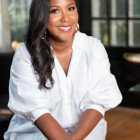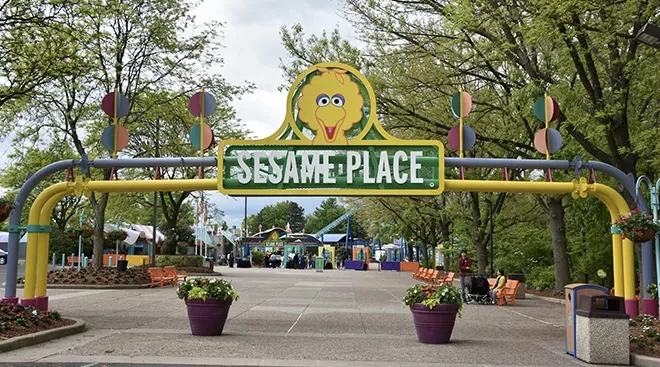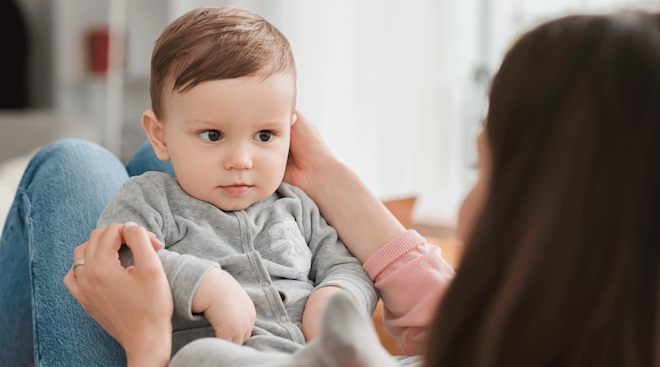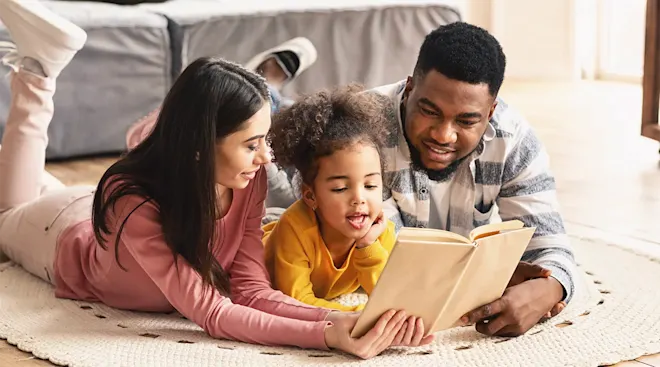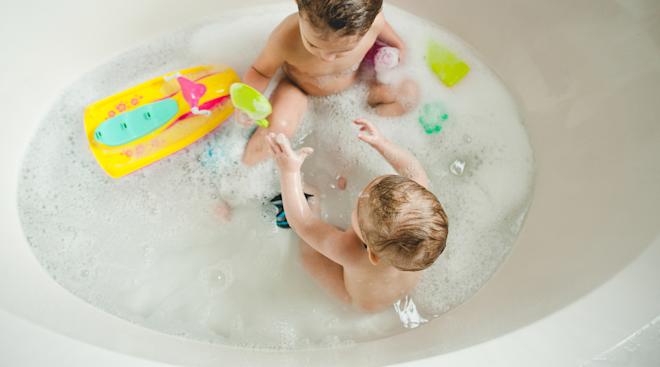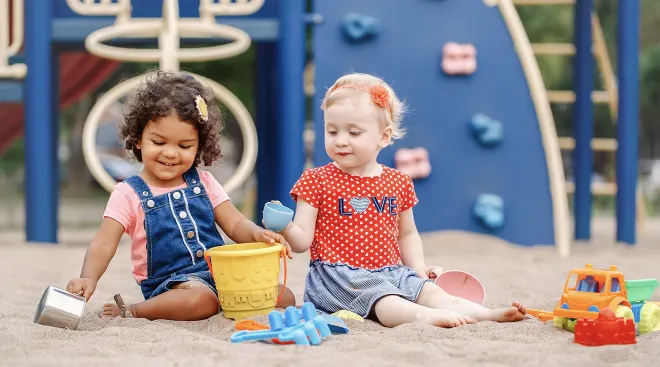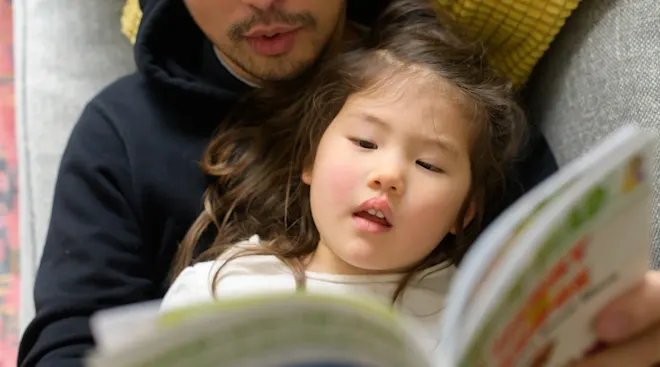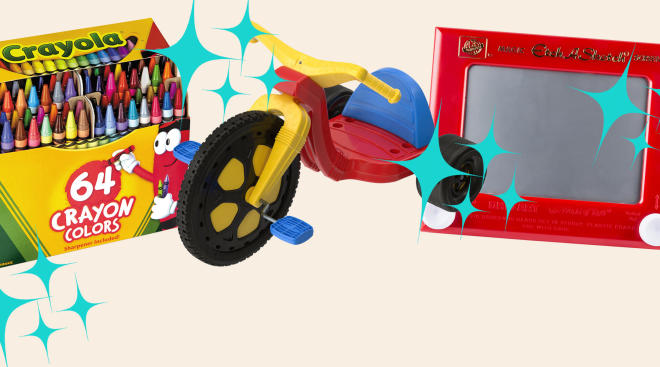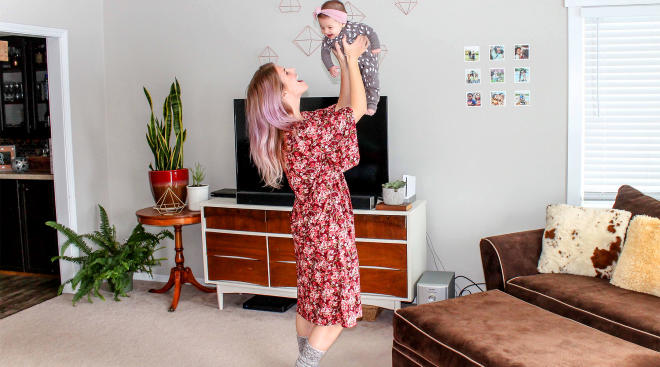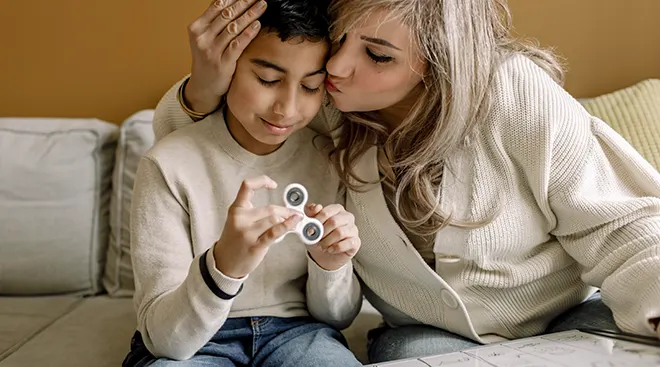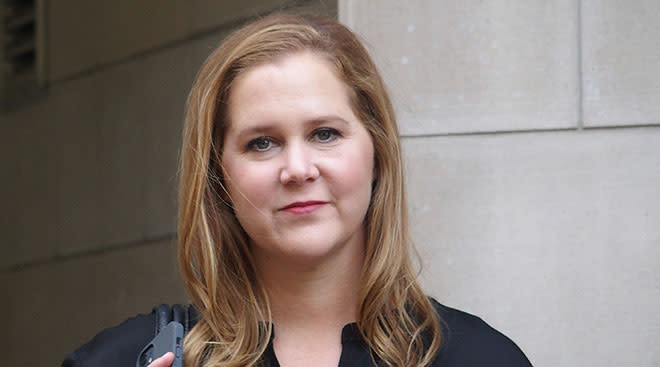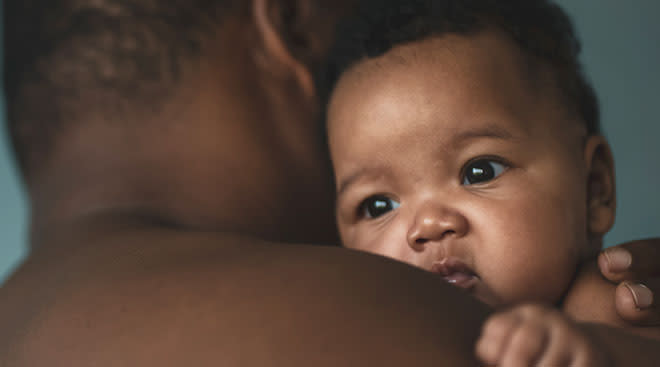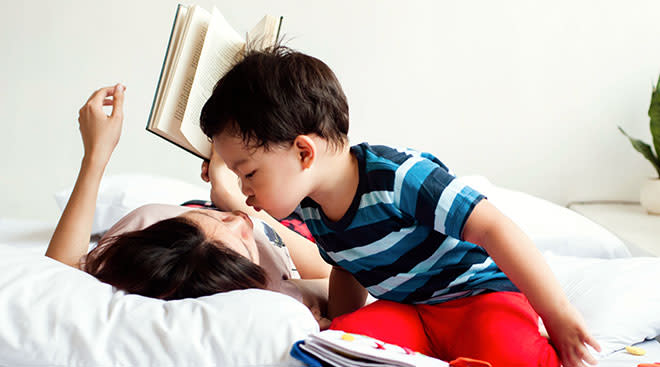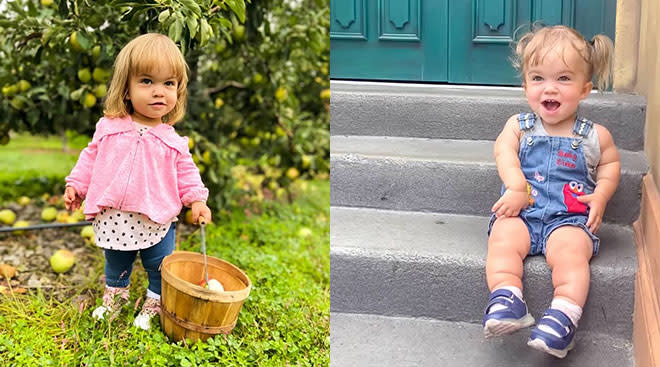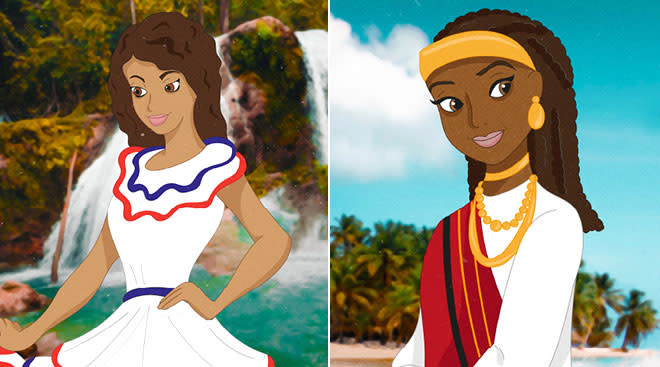Why the Incidents at Sesame Place Are So Problematic
Ever heard of the phrase “one bad apple can spoil the bunch”? Well here we are. The Sesame Street brand has been a beacon of education, diversity, inclusion, self confidence and kindness for over 50 years. And now the viral videos exposing the racist actions and negligent management of a few “bad apples” at the Sesame Place theme park have raised questions about some of our favorite childhood characters. Seeing the video receipts of multiple Black children passed over, waved off and knocked over while their white peers get high fives and hugs has been painful and hard to watch. These recorded incidents have deeply impacted parents around this country and intimately affected Black and brown children who were the victims of what can only be summed up as disregard and senseless hate. If anyone wonders if America still has a race problem, the answer is YES when it hits the most adored and kid-friendly street in this country.
Why is this recent revelation about Sesame Place so problematic? It’s because for every one video that surfaces, there are at least 100 other incidents that weren’t captured. That means thousands of young and impressionable kids went home feeling neglected, heart broken and confused when they enthusiastically showed up and paid an entrance fee to meet their idols. It also means these toddlers and children are getting their first taste of the “real world” at a very tender age. And it’s evoking the sadness and extreme disappointment of adults—especially those parents of color who see this for exactly what it is: knowing there would come a time to explain the hard truth about racism to their children before they were ready. When all they wanted to do was shield their children, protect their joy and let them be…well, children.
My reckoning came at the age of 6. I prepared for my first piano recital day and night for weeks. The mission: present the very best version of Beethoven’s “Fur Elise” that I could. After delivering a near-flawless performance, a blonde boy with the most adorable baby blue bowtie took the stage right after me. He climbed up on the bench and started banging on those keys like it was a toy piano. The song he was performing was completely unrecognizable, but he just kept banging away as the audience awkwardly chuckled. I remember sitting there feeling such compassion and empathy for my fellow performer. I wanted to help him or at least get him off that stage to spare him the embarrassment. But when the awards ceremony rolled around, I was the one who was embarrassed. The little boy received a trophy 5 times the size of mine and I went home with a rinky-dink participation trophy handed to me by a judge who could barely look me in the eye. Thirty years later, I’ve never forgotten this experience and I can still feel the confusion and anger that made my tummy hurt and my throat burn. That was my first experience with unapologetic racism.
It’s important to understand that these are not isolated incidents. Everytime a Black child suffers this type of trauma it slowly but surely chips away at their innocence, self confidence and will. The word “privilege” is thrown around alot, but this is what the opposite of privilege looks like. Part of “privilege” is showing up and things happen in a way that you hope for or at least expect. That doesn’t seem unreasonable, right? The opposite of privilege is living in a constant state of uncertainty about how the world is going to receive you or worse, treat you because of the color of your skin.
While Sesame Place is the focus of this news cycle, these experiences of rejection happen to Black and brown children from a young age and continue through adulthood. Whether it’s not getting invited to a birthday party or your classmates not coming to your birthday party because “we don’t usually travel to that neighborhood” or being disregarded by a character in costume, it all adds up. Each of these moments create a profound insecurity about who you are and your place in the world. And when these children turn into young adults, they have to deal with their intelligence being challenged by classmates and co-workers, being overlooked for job promotions, their homes being undervalued by appraisers, or people crossing the street and tightly clutching their handbag because they are threatened by a Black person’s existence. The list goes on and on and these habitual occurrences eat away at your energy and your soul.
Whether you’re Black, brown, yellow, purple or green, it’s up to all of us to make this a better place for our kids to feel seen, loved and accepted. And yes, I’m looking at you Rosita.
Here are a few ways you can be a positive force for change:
-
Call it out! Get your phones out, ask for names, record the date and time. If you see an act that feels racially motivated or bigotted, please don’t turn around and walk away. Get the receipts so you can shine a light and eradicate bad behavior in real time.
-
Forget the “race card”. Unless you’re a card-carrying member of a minority group that has been racially oppressed and is still playing catch up, please forget that you ever heard or used the term “race card”. It’s unproductive and it diminishes the real experiences that people of color face daily.
-
Add some color to your world. If you’re hosting a playdate or a birthday party, go out of your way to invite the family that may look different than yours. Sit with them at the school play and engage them in conversation. If your surroundings aren’t particularly diverse, fake it until you make it. Find books and TV shows with inclusive content and highlight cultures other than your own.
-
Don’t be colorblind. This one bears repeating as it’s the most dangerously deceiving notion about how we should think about race in America.
-
Be color-compassionate. That means you care about the experiences and suffering of other cultures and races and you actively take it a step farther to understand the situation and play a role in making it better.
Plus, more from The Bump:
Navigate forward to interact with the calendar and select a date. Press the question mark key to get the keyboard shortcuts for changing dates.
































